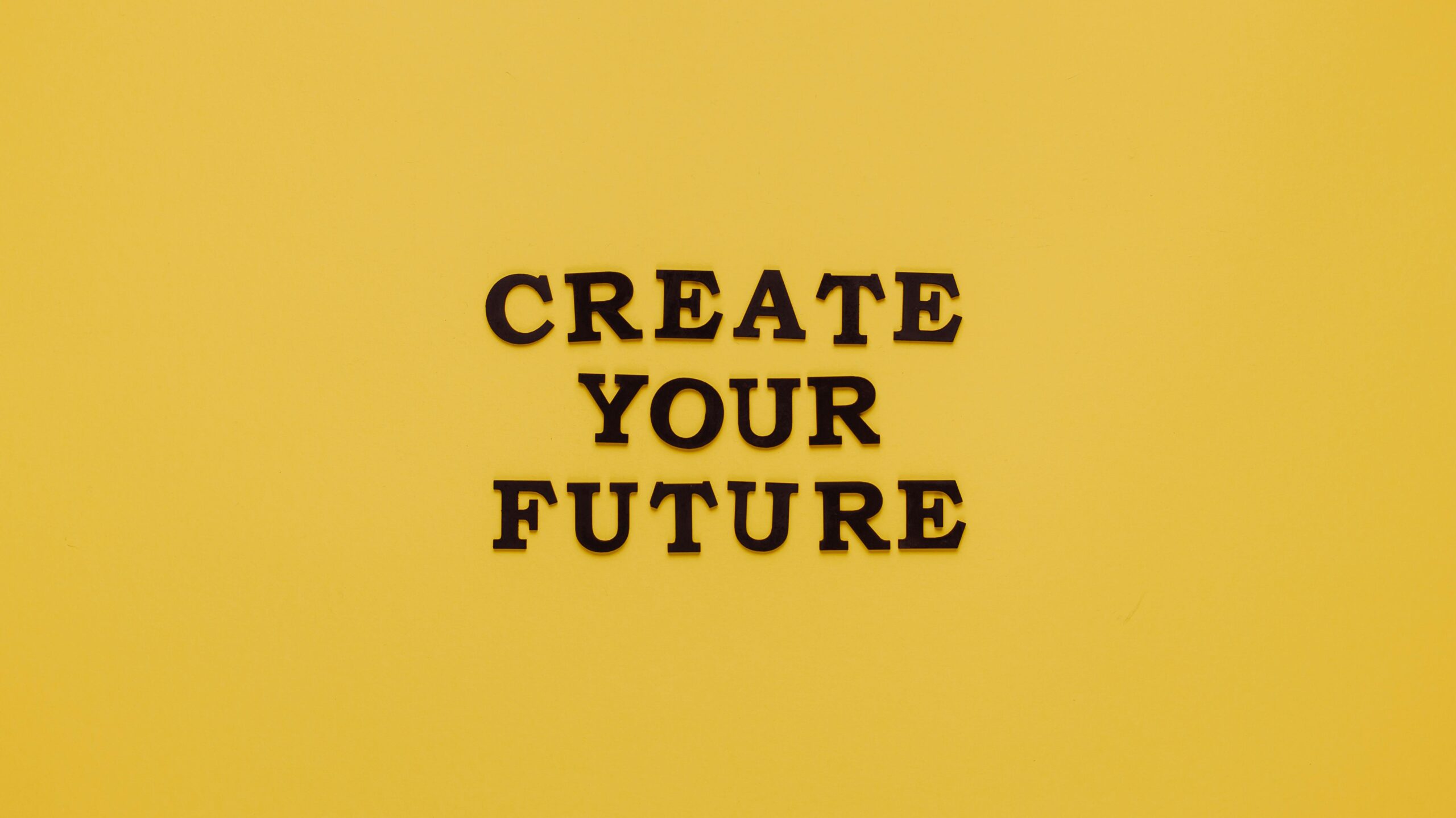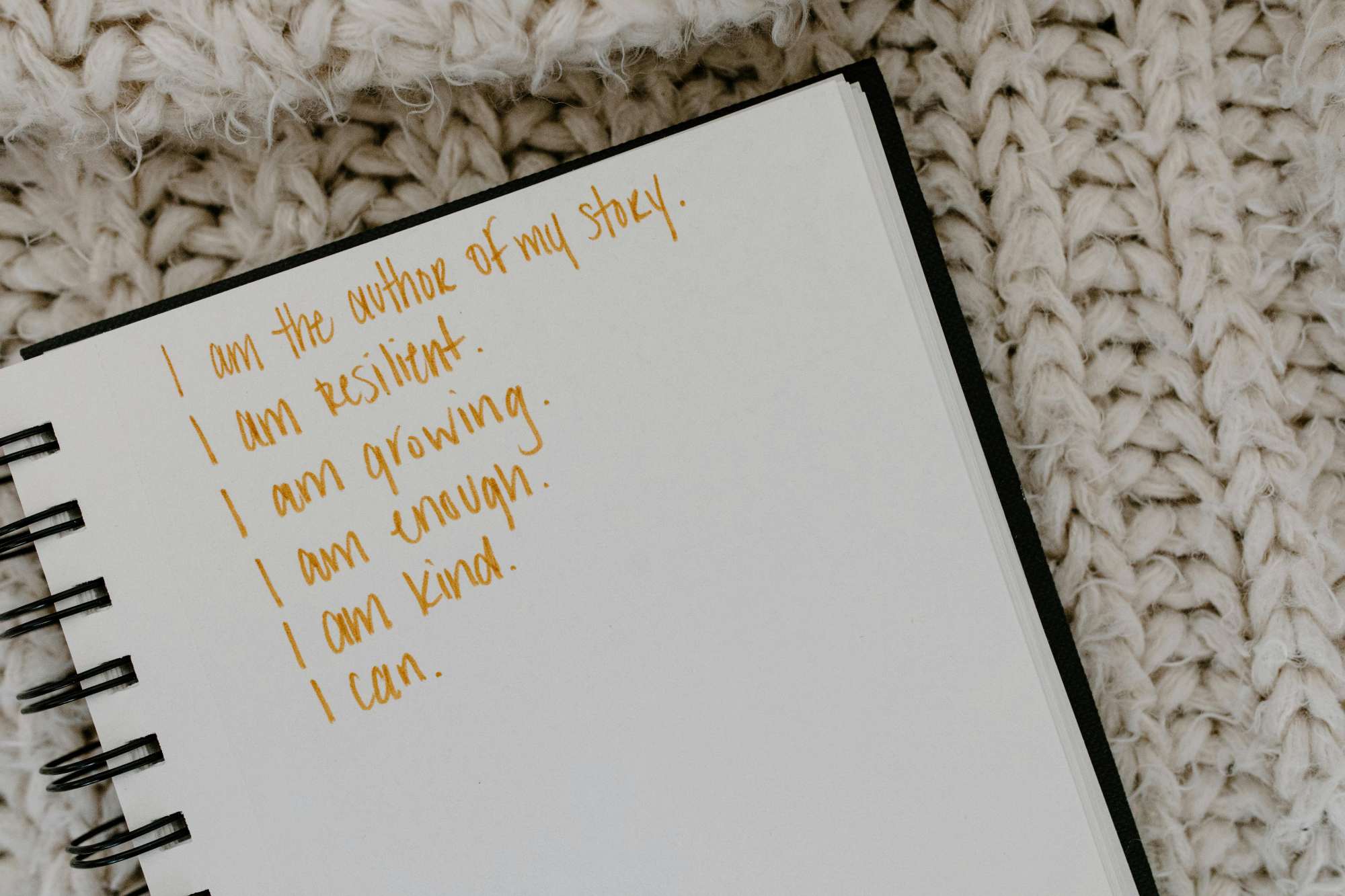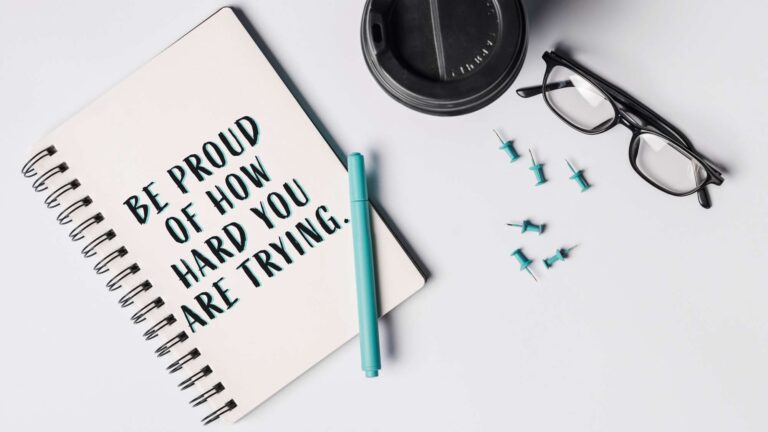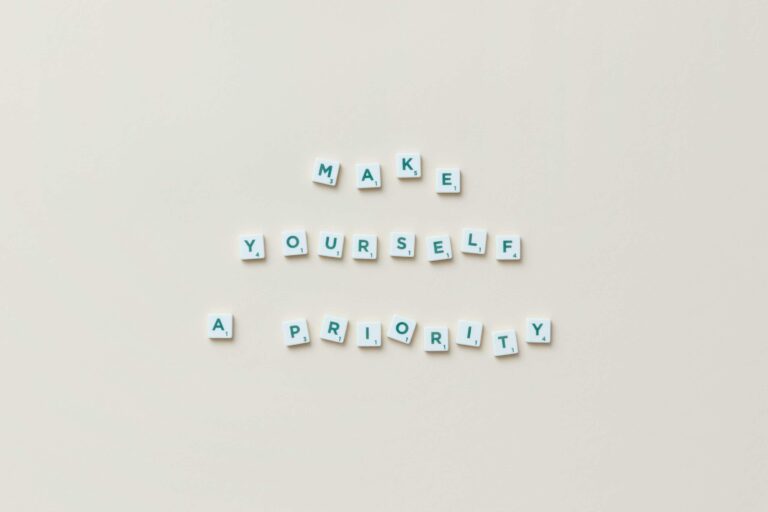The confidence affirmations that actually build confidence
The paradox about confidence affirmations is that the people who need them most are the ones who struggle to believe them.
Think about it. If you’re standing in front of the mirror saying “I am confident and powerful” while your inner voice is screaming “Yeah right, who are you kidding?” you’re not building confidence – you’re highlighting the gap between where you are and where you want to be.
Traditional affirmations fail because they ask you to believe something that contradicts your current experience. It’s like trying to convince someone it’s sunny outside while they’re standing in the rain. New to affirmations? My complete beginner’s guide explains how to use them effectively – including when they work and when they don’t.
But what if there was a different way? What if instead of trying to fake confidence you don’t feel, you could build evidence that creates real confidence from the ground up?
The confidence evidence file: Building proof, not pretense
Real confidence isn’t about convincing yourself you’re amazing. It’s about collecting evidence that you can handle whatever comes your way.
Every time you do something that scares you and survive, that’s evidence. Every time you fail and bounce back, that’s evidence. Every time you keep going when you want to quit, that’s evidence.
Start collecting.
Evidence category 1: Things you’ve already survived
Your assignment: Write down 5-10 difficult things you’ve survived. Think about times when you thought you couldn’t handle something, but you did. Maybe it was:
- A breakup that felt like the end of the world.
- Starting a new job when you felt totally unprepared.
- Moving to a new place where you knew no one.
- A health scare that terrified you.
- Standing up to someone who intimidated you.
- A financial crisis you thought would ruin you.
- Public speaking when your voice was shaking.
- Being criticized by someone you respected.
Write down your own survival stories. Make them specific. “I survived when…”
Your survival affirmation: “I have a 100% track record of surviving difficult things.”
Evidence category 2: Skills you’ve built from nothing
Your assignment: List 8-12 things you can do now that you once couldn’t do at all.
Remember, you weren’t born knowing how to do any of these things. You learned them through practice and persistence:
- Technologies that once confused you completely.
- Social skills that used to terrify you.
- Physical abilities you thought were impossible.
- Professional skills you built from scratch.
- Creative abilities you developed over time.
- Problem-solving skills you’ve mastered.
- Relationship skills you’ve learned through experience.
Write your own list. Be specific about what you couldn’t do before and what you can do now.
Your learning affirmation: “I have successfully learned countless things that once seemed impossible.”

Evidence category 3: Times you surprised yourself
Your assignment: Recall 5-8 moments when you exceeded your own expectations.
These are the times when you thought “I can’t believe I just did that” or when others said “I didn’t know you had it in you”:
- When you spoke up and everyone listened.
- When you took a risk that paid off.
- When you stayed calm under pressure.
- When you solved a problem creatively.
- When you helped someone in a way that mattered.
- When you accomplished something faster than expected.
- When you received recognition for something you doubted.
Write down your own surprise moments. What did you do that amazed even you?
Your potential affirmation: “I regularly surprise myself with what I’m capable of achieving.”
Want to dig deeper into your self-worth? These self-worth journal prompts help you recognize your value beyond achievements and external validation.
The confidence stack: Building one small win at a time
Confidence isn’t built through grand gestures. It’s built through a stack of small wins that prove to yourself you can be trusted to handle challenges. Want to understand how small actions build real confidence? Read my complete guide on why small promises build real confidence – it’s the foundation of evidence-based confidence building.
Level 1: Micro-confidence builders (week 1-2)
Your assignment: Pick 3-5 actions from this list and do them this week. Track what you actually do. Ideas:
- Make eye contact with three people today.
- Say your opinion out loud in one conversation.
- Wear something that makes you feel good.
- Walk into a room like you belong there.
- Ask one question in a meeting or group setting.
- Give someone a genuine compliment.
- Stand up straight for an entire conversation.
What you’ll write down: “This week I chose to [specific action] even though it felt uncomfortable.”
Daily confidence affirmation: “I build confidence through small, brave actions every day.”
Level 2: Mini-challenges (week 3-4)
Your assignment: Choose 2-3 of these challenges and complete them. Write down exactly what happened. You could:
- Speak up when you disagree with something.
- Make a phone call you’ve been avoiding.
- Introduce yourself to someone new.
- Share an idea that might be rejected.
- Ask for what you need directly.
- Set a boundary without over-explaining.
- Take credit for something you did well.
What you’ll write down: “I did [specific challenge] and here’s what I learned about myself…”
Weekly confidence affirmation: “I take action despite fear because action builds confidence.”

Level 3: Stretch moves (week 5-6)
Your assignment: Pick 1-2 bigger challenges. These should feel scary but doable. Document your experience. You could:
- Have a difficult conversation you’ve been postponing.
- Apply for something you’re not sure you’re qualified for.
- Share your work or ideas publicly.
- Negotiate for something you want.
- Lead a meeting or group discussion.
- Admit when you don’t know something.
- Ask for feedback on your performance.
What you’ll write down: “I took on [specific challenge] and here’s the evidence I created…”
Growth confidence affirmation: “I seek challenges that help me discover my capabilities.”
Level 4: Confidence flexing (week 7-8)
Your assignment: Choose 1 big challenge that genuinely scares you. Plan it, do it, and celebrate it. You can:
- Give a presentation or speak publicly.
- Start a project you’re not sure you can complete.
- Have a conversation with someone you admire.
- Take on a leadership role.
- Share your story or experiences with others.
- Make a big decision quickly.
- Defend your position when challenged.
What you’ll write down: “I did something that scared me: [specific action]. Here’s what I learned about my capabilities…”
Power confidence affirmation: “I trust myself to handle whatever comes from being bold.”

The confidence reality check: Internal vs. external validation
Real self confidence doesn’t mean never feeling nervous, uncertain, or scared. Confidence isn’t the absence of fear – it’s the willingness to act despite fear.
Confident people feel nervous before presentations. They doubt themselves when starting new projects. They worry about being judged when sharing their ideas.
The difference is they do it anyway.
True confidence affirmations:
- I can feel scared and still take action.
- I don’t need to feel confident to act confidently.
- My nervousness is proof I’m pushing my comfort zone.
- I trust myself to figure things out as I go.
- I’m allowed to be imperfect and still valuable.
These confidence affirmations work best when combined with self-trust affirmations – because trusting yourself is the foundation of all confidence.
Action creates confidence, not the other way around
The things is that confident people weren’t born confident. They became confident by doing confident things before they felt confident.
You don’t wait until you feel brave to act brave. You act brave, and then you feel brave.
You don’t wait until you feel worthy to ask for what you want. You ask, and then you feel worthy.
You don’t wait until you feel ready to take risks. You take risks, and then you feel ready.
This is why traditional affirmations often fail – they try to create the feeling before the evidence. But confidence is built backwards: evidence first, feeling second.
The evidence-to-confidence plan
Step 1: Take one small action that requires slight courage.
Step 2: Acknowledge that you did it (write it down).
Step 3: Use that evidence to take a slightly bigger action.
Step 4: Acknowledge that you did that too.
Step 5: Repeat until confidence becomes your natural state.
Affirmation: “I build unshakeable confidence through consistent courageous action.”

Beyond affirmations: The complete confidence foundation
Confidence affirmations are powerful when they’re backed by evidence and action. But building lasting confidence requires more than just positive self-talk.
You need strategies for handling rejection without it destroying your self-worth. You need skills for speaking up in difficult situations. You need tools for making decisions quickly instead of second-guessing yourself into paralysis.
You need to learn how to trust yourself in situations where you’ve never been before. How to recover quickly when things don’t go as planned. How to maintain your confidence even when people disagree with you or doubt your abilities.
Real confidence is built through a combination of mindset work and skill development. When you have both the mental framework and the practical abilities, confidence becomes less about what you tell yourself and more about what you know you can handle.
If you’re ready to build unshakeable confidence through proven action, not just positive thinking, a comprehensive confidence foundation can teach you to trust yourself in any situation.
Your starting point
Right now, write down one thing you did this week that required even a tiny bit of courage. Maybe you sent an email you were nervous about. Maybe you wore something bold. Maybe you spoke up once when you usually stay quiet.
Write it down.
Look at it.
That’s evidence. That’s proof that you can do hard things.
Now think of one small thing you could do tomorrow that would require slightly more courage than that.
Not something huge. Not something that terrifies you. Just something that would stretch you a little bit.
That’s your next piece of evidence.
Confidence isn’t built through what you say to yourself in the mirror. It’s built through what you’re willing to do when no one’s watching.
What evidence will you create for yourself tomorrow?
If you’re tired of feeling like a fraud in important moments, if you want to stop second-guessing every decision you make, and if you’re ready to trust yourself completely in any situation, you need more than scattered confidence exercises.
You need a proven 30-day framework that transforms how you show up in the world. Confidence workbook gives you exactly that – the step-by-step system to go from constantly doubting yourself to becoming someone who trusts their abilities, speaks up with conviction, and takes bold action even when it’s scary.
Stop hoping you’ll feel confident someday. Start building the evidence that makes confidence inevitable.







